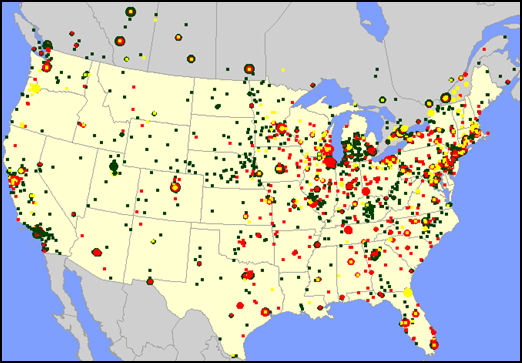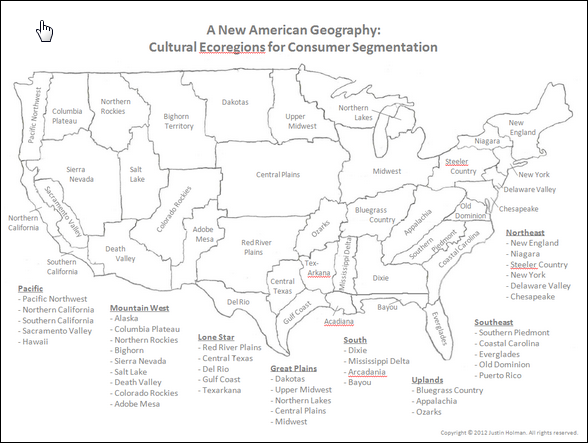We are often asked the question about the geographic scope of network design studies.
We have seen studies done at the global, continental, country, regional, and metro areas. The last two are usually the ones that people question since they usually see examples of a national study.
However, when a firm makes home or local business deliveries within a metro area, they often have exactly the same trade-offs you would see in a national study. These firms don’t want their expensive (and maybe small) delivery trucks to spend a lot of time in traffic or driving across the city. They would rather these trucks spend time at customer sites.
Therefore, they will often need to set up hubs within the metro area. The product moves from a central warehouse to these hubs. Then, the delivery trucks pick up product from these locations and spend time serving customers in their area.
An on-line grocer would be an example of this. The on-line grocer doesn’t want its delivery trucks fighting traffic. Instead, a central location (where they can get economies of scale in processing and inventory) will truck the groceries to hub where multiple delivery trucks will take it from there.
In general, if you need multiple locations, network design can help you.

